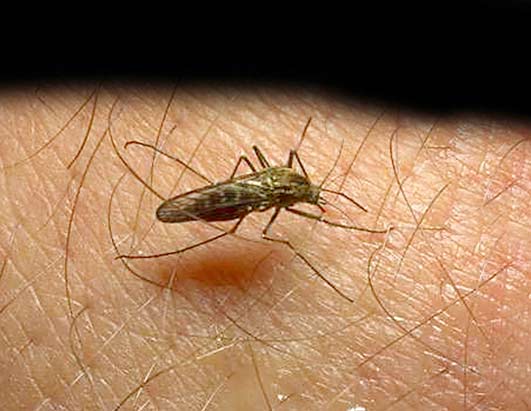Malaria epidemic tracked with cell phones
 Washington, Dec 17 : Researchers have for the first time tracked how malaria spreads by using only cell phone records.
Washington, Dec 17 : Researchers have for the first time tracked how malaria spreads by using only cell phone records.
University of Florida (UF) scientists analysed more than 21 million calls to determine how often residents of Zanzibar travel and where they go to trace patterns of malaria infections.
A semi-autonomous region comprising two islands off the coast of Tanzania in East Africa, Zanzibar has drastically reduced malaria in recent years and its government commissioned the study as part of deliberations on whether to launch a total malaria elimination campaign.
The calls indicated that most residents who leave the region make short trips to Dar es Salaam on the Tanzanian mainland nearby, where malaria is relatively uncommon.
However, they also revealed that a few Zanzibar residents travel back and forth from more distant areas of Tanzania where the risk of getting the disease is much higher.
"That group of the population is the real risk if Zanzibar wants to eliminate malaria," said Andy Tatem, assistant professor of geography, member of UF's Emerging Pathogens Institute, and study co-author. "That is the population group that is likely to be continually reintroducing infection."
Malaria is not transmissible from person to person. But if infected elsewhere, travellers can be bitten by mosquitoes once back in Zanzibar - and those mosquitoes could then fly on to bite and infect other Zanzibar residents, forestalling elimination of the infection.
Over the past decade, Zanzibar's aggressive campaign against malaria has reduced infections from as much as 40 percent of its 1.2 million people to less than one percent, Tatem said.
The October-December 2008 records, tracked the movements of a 770,369 customers by showing each customer's calls and where the calls originated - or at least the region where the call originated, said an UF release.
These findings are slated to appear in the January issue of the Malaria Journal. (IANS)